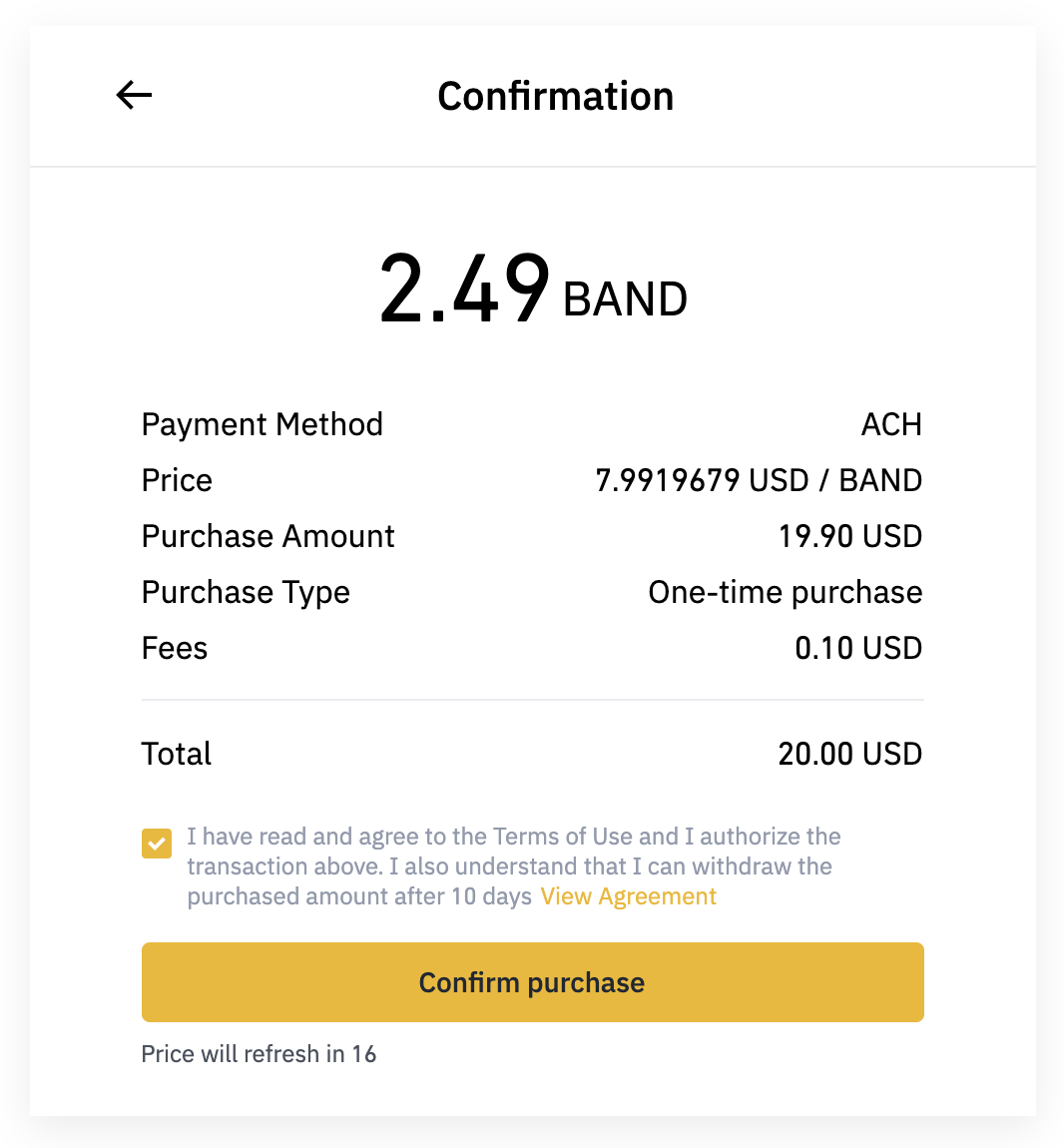In brief
- Band Protocol is a decentralized oracle used by blockchain smart contracts to access off-chain data.
- It works with Decentralized Apps(DApps) on Ethereum, and other blockchains.
- The BAND token is used for payments, rewards, and governance, and can be staked.
The majority of decentralized applications (dapps) require real-world data to function, such as crypto prices or sports scores-but blockchains aren’t designed to access them on their own. Oracles fill that role, bringing external data into blockchain-driven Dapps.
As the role of oracles has gained greater prominence in decentralized finance (DeFi), Band Protocol has emerged as a leading player in this field.
As Dapps start developing outside of the Ethereum ecosystem, Band Protocol may become even more useful since it integrates with a variety of blockchains.
Band Protocol – DApps Use Cases
Decentralized apps can pull data from web-based APIs (application programming interfaces) using Band Protocol, a cross-chain oracle. It works with various blockchains including Ethereum and Cosmos—something that’s becoming increasingly important as dapps look beyond Ethereum for less-congested blockchains to call home.
Originally launched on Ethereum in October 2019, Band Protocol moved to Cosmos in June 2020, where it was relaunched with additional features and a simplified structure.
Finance dapps are Band Protocol’s primary use case, and it works with data providers such as Binance and CoinGecko in that regard. In addition, the organization has identified a variety of other possible use cases, including sports scores, weather, esports data, and verifiable random number generation.
Bridging Gap Through Decentralized Validation Network
As with other oracles, Band Protocol connects a dapp’s smart contract, which is based on the blockchain, to a real-world source of data outside the blockchain. In order to function and serve users effectively, many dapps rely on this information and must have the latest, most accurate data.
The BandChain blockchain is used to bridge the gap between those off-chain data sources and the smart contract, with a decentralized network of validators used to create blocks to validate those transactions.
DApps Beyond Ethereum
Oracles are sometimes tied to Ethereum alone, which makes sense since Ethereum is driving the majority of dapps. However, Band Protocol also integrates with other blockchains, providing a vital piece of infrastructure for dapps developed elsewhere.
As dapp makers explore alternative blockchains for faster transactions and lower costs, Band Protocol could play a vital role in enabling a broader dapp ecosystem beyond Ethereum.
Among other partnerships, Band Protocol has joined the OpenAPI Initiative alongside tech giants such as Google and Microsoft to help define a standard for APIs—which is what Band uses to pull data from off-chain sources and bridge it over to blockchains.
Stake BAND Token and Earn Rewards
The Band Protocol allows Dapps to access real-world data outside of the blockchain. Owning and using The BAND token may, however, present an incentive for the average user. BAND is used to pay for transactions on the blockchain, for governance, and also to reward validators for generating new blocks. To earn rewards, anyone can stake BAND and delegate it to a validator.
BAND uses an inflationary model on tokens that gradually decreases their value. This is done to encourage users to stake their tokens for rewards on the network, with a goal of having 66% of all BAND tokens staked at any given time. Depending on that percentage, the inflation rate changes annually.
Where and how to buy BAND Token in 2022
BAND is available from various cryptocurrency exchanges, including centralized ones like Coinbase, Binance, Huobi, and Binance.US, as well as decentralized exchanges such as Uniswap and Kyber Network.
Here is a look at how you can purchase BAND from an exchange, using Binance.US as an example. Simply find BAND on the exchange’s list of supported tokens and then you can choose whether to buy or sell it, or exchange other cryptocurrencies that you hold on the platform.
In this case, we input a purchase amount of $20 USD from a bank account. Given the price at the time of purchase and less the $0.10 transaction fee, that was equivalent to 2.49 BAND.


Simply click confirm purchase and the transaction should complete within seconds and appear with your wallet on the exchange. If you want to stake BAND, you can transfer it to a wallet app such as Atomic Wallet.
The Future Of Blockchain Oracles
As mentioned, Band Protocol’s versatility makes it potentially useful to a wide array of dapps. While Ethereum is currently the heart of most major decentralized apps, it faces challenges including the growing cost of transaction fees.
As alternatives emerge—offering less congestion and other potential technical advantages—Band Protocol could benefit from its “jack of all trades” design, by working across multiple blockchains and relying on community data sources.
On the other hand, Chainlink has a very strong foothold in the crypto scene, and as of this writing, LINK has a market cap more than 40 times larger than that of BAND. It’s a sizable advantage and one that is unlikely to fade quickly. Band Protocol suggests that its edge comes with price per transaction, and it surely aims to chip away at Chainlink’s immense lead as it pushes for wider adoption.
Band Protocol’s future success may depend in large part on that of Cosmos, as well. Although Band itself is blockchain-agnostic, its own blockchain is now based on Cosmos, which bills itself as the “Internet of blockchains,” promoting cross-chain compatibility for a thriving ecosystem.
It’s an ethos that sounds similar to that of Band—and if Cosmos thrives, Band Protocol could prove to be the oracle of choice for blockchains built using Cosmos tech.
Via this site

